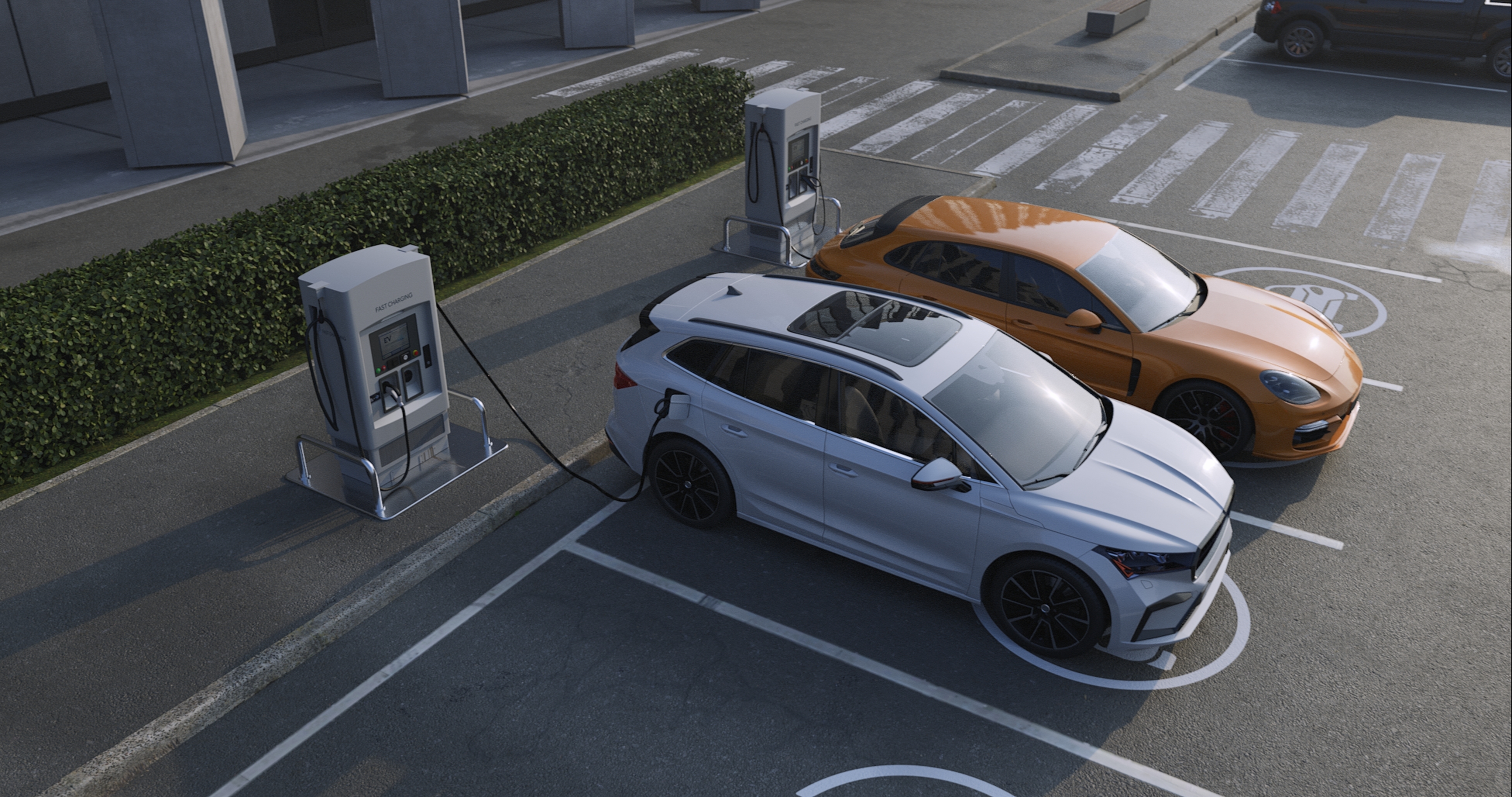How Small SUVs Are Becoming More Accessible for Seniors in the UK
Small SUVs are becoming an increasingly attractive option for seniors in the UK, offering a practical blend of comfort, safety, and ease of use. These vehicles combine the elevated seating position and spaciousness of larger SUVs with the maneuverability and fuel efficiency of smaller cars. In 2025, the UK market offers a wide range of compact SUVs that cater to the specific needs of older drivers.

Small SUVs have gained ground among older drivers because they strike a useful balance: they are easier to step into than low hatchbacks, yet remain manageable to drive and park in towns. Improvements in seating, visibility, and driver-assistance tech mean that models in this class increasingly address comfort, safety, and confidence without demanding a large vehicle. The result is a category that can fit everyday needs, whether for local services in your area, longer visits, or family trips.
Why are small SUVs a great option for seniors?
A raised hip point, typically higher than in superminis, helps reduce the effort needed to lower into or climb out of a seat. The upright stance improves outward visibility, and the short bonnet and compact dimensions make it simpler to position the car in traffic and parking bays. Ride comfort has improved, with suspension tuned for mixed urban and motorway use. Practical touches like wide door openings, split-level boots, and lower load sills ease shopping and luggage handling. Many models also offer efficient petrol, hybrid, or electric powertrains that keep running costs predictable.
What are the most popular small SUVs for seniors in the UK?
Well-known choices include the Nissan Juke, Renault Captur, Ford Puma, Toyota Yaris Cross, Hyundai Kona, Kia Stonic, Volkswagen T-Cross, and Peugeot 2008. These models are widely available through dealerships in most regions, making test drives and aftercare more convenient in your area. Each has a slightly different character: some focus on smooth hybrid driving, others on simple, physical cabin controls, and some prioritise boot flexibility. Rather than chasing the newest trim, it helps to sample seating height, door access, and visibility on familiar roads.
Which key features should seniors consider when choosing a small SUV?
Comfort and clarity should lead the shortlist. Look for height-adjustable front seats with firm bolsters and lumbar support, heated seats and steering wheel for winter comfort, and easy-to-grip door handles. Large, legible instruments with high-contrast graphics reduce eye strain. Infotainment systems with clear menus, physical shortcut buttons, and smartphone mirroring via Apple CarPlay or Android Auto can simplify navigation and calls. For parking, front and rear sensors, a reversing camera, or a 360-degree camera meaningfully reduce low-speed stress. Safety aids worth prioritising include autonomous emergency braking, blind-spot monitoring, rear cross-traffic alert, lane-keeping assistance tuned for gentle intervention, and bright LED headlights. A low, flat boot floor and adjustable load height can make daily lifting easier.
What advancements have made small SUVs more accessible for seniors?
Recent models blend ergonomics with technology. Wider door apertures and reshaped seat bases reduce twisting when getting in and out. Mild-hybrid or full-hybrid systems smooth low-speed pull-away and reduce engine vibration at junctions. Adaptive cruise control with stop-and-go, traffic-sign recognition, and lane-centering support can lower fatigue on longer trips when used appropriately. Improved camera resolution and automated parking assistance help in tight streets. Emergency call systems and enhanced airbag coverage add peace of mind. Some vehicles now offer memory seats, power tailgates with hands-free operation, and configurable driver displays that show only essential information. Over-the-air software updates and clearer steering-wheel controls further streamline daily use.
How do small SUVs compare in terms of pricing and value?
UK pricing typically starts in the low to mid-£20,000s on-the-road for well-equipped small SUVs, with monthly finance varying by deposit and mileage limits. Insurance groupings and road tax can differ by engine and CO2 output, and manufacturer warranties range from three to seven years. Servicing bundles and breakdown cover can add value, so it is sensible to compare total cost of ownership as well as headline price. The figures below are approximate UK on-the-road starting prices for widely available models; specifications, discounts, and finance terms vary by dealer and region.
| Product/Service | Provider | Cost Estimation |
|---|---|---|
| Nissan Juke (Acenta) | Nissan | From approx £20,985 OTR |
| Renault Captur (Evolution) | Renault | From approx £22,000–£23,000 OTR |
| Ford Puma (Titanium) | Ford | From approx £25,000–£27,000 OTR |
| Toyota Yaris Cross (Icon) | Toyota | From approx £25,500–£27,000 OTR |
| Peugeot 2008 (Active) | Peugeot | From approx £24,000–£26,000 OTR |
| Hyundai Kona (Advance) | Hyundai | From approx £25,700–£27,500 OTR |
| Volkswagen T-Cross (Life) | Volkswagen | From approx £24,000–£25,000 OTR |
| Kia Stonic (2) | Kia | From approx £20,500–£22,500 OTR |
Prices, rates, or cost estimates mentioned in this article are based on the latest available information but may change over time. Independent research is advised before making financial decisions.
Beyond the ticket price, factor in warranty length, availability of spare wheel options, tyre sizes, and the cost of driver-assistance packages that might be optional on lower trims. If you plan mostly short urban journeys, a hybrid can return smoother progress and potentially lower fuel use, while a straightforward petrol model may be better value for mixed driving and longer distances.
A practical way to decide is to prioritise seat comfort and visibility, then confirm that the cabin controls, screens, and buttons feel intuitive on a brief drive over speed bumps, hills, and a parking manoeuvre similar to your daily routine. This combination of comfort, accessible technology, and manageable size is what has made small SUVs increasingly suitable for many seniors across the UK, supporting confident motoring without moving to a larger vehicle class.




